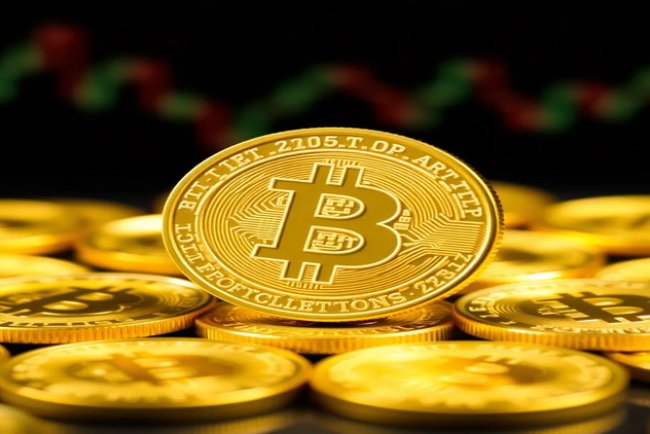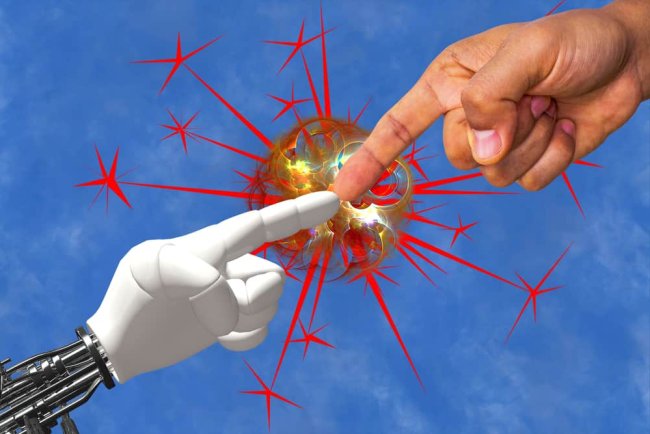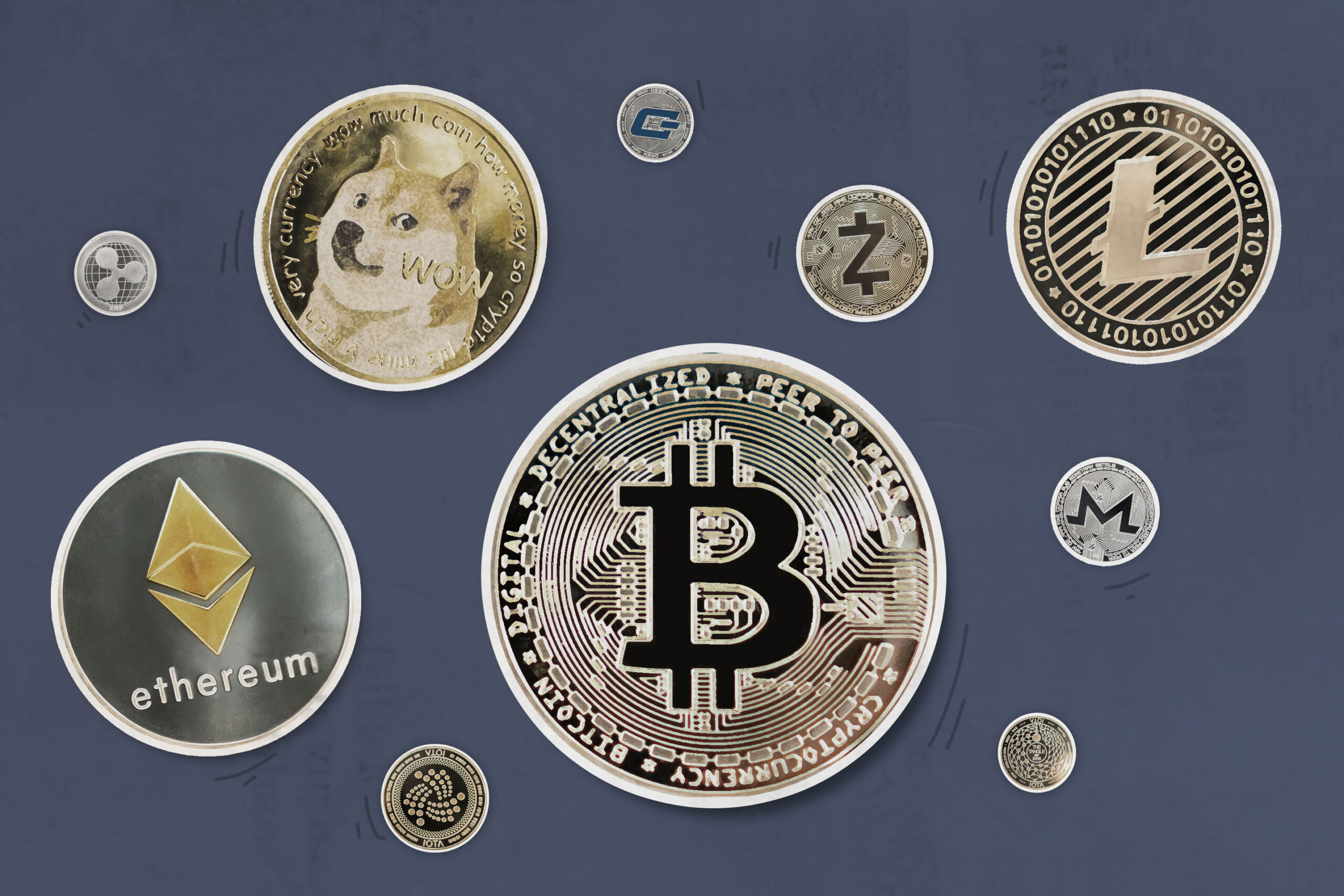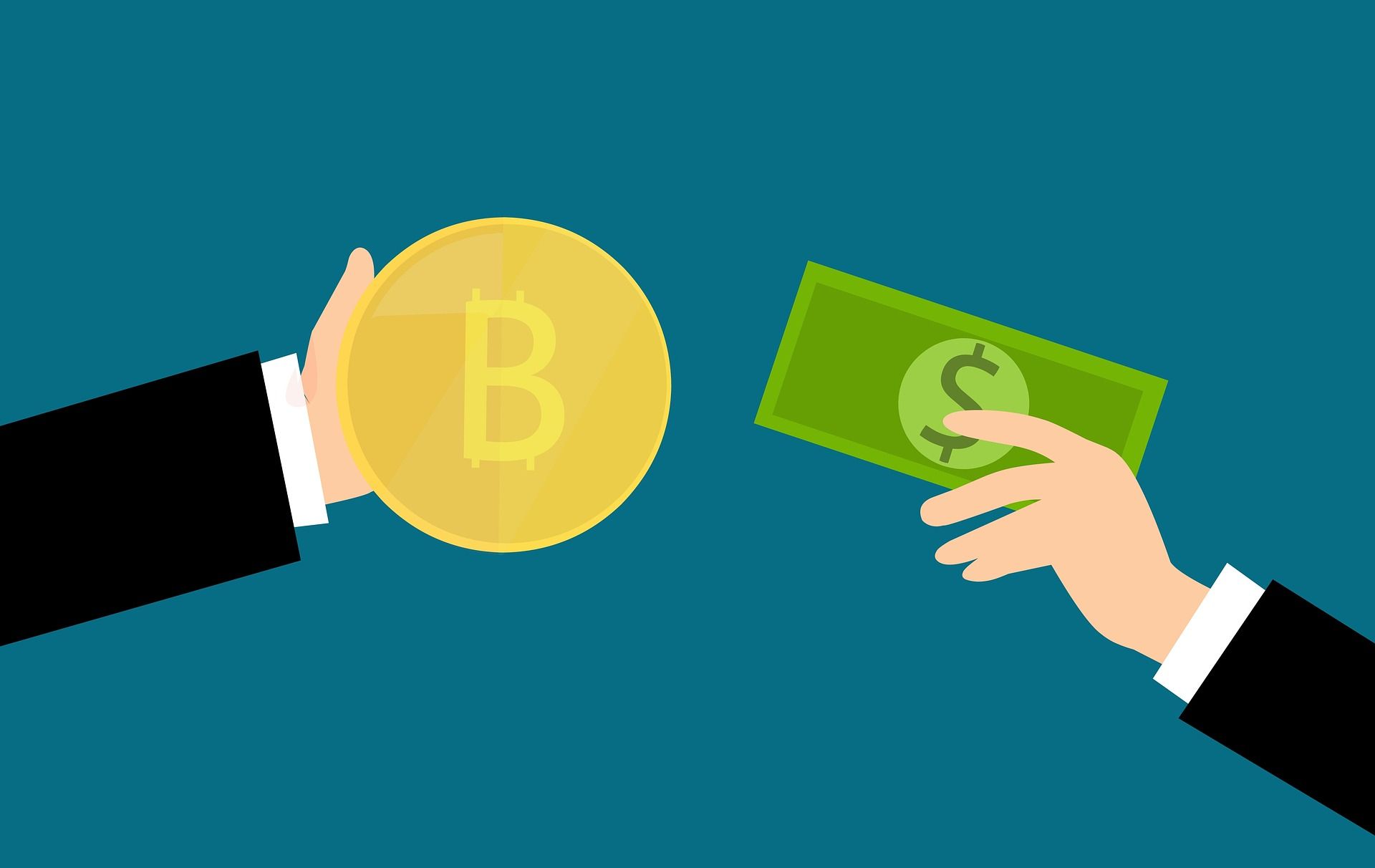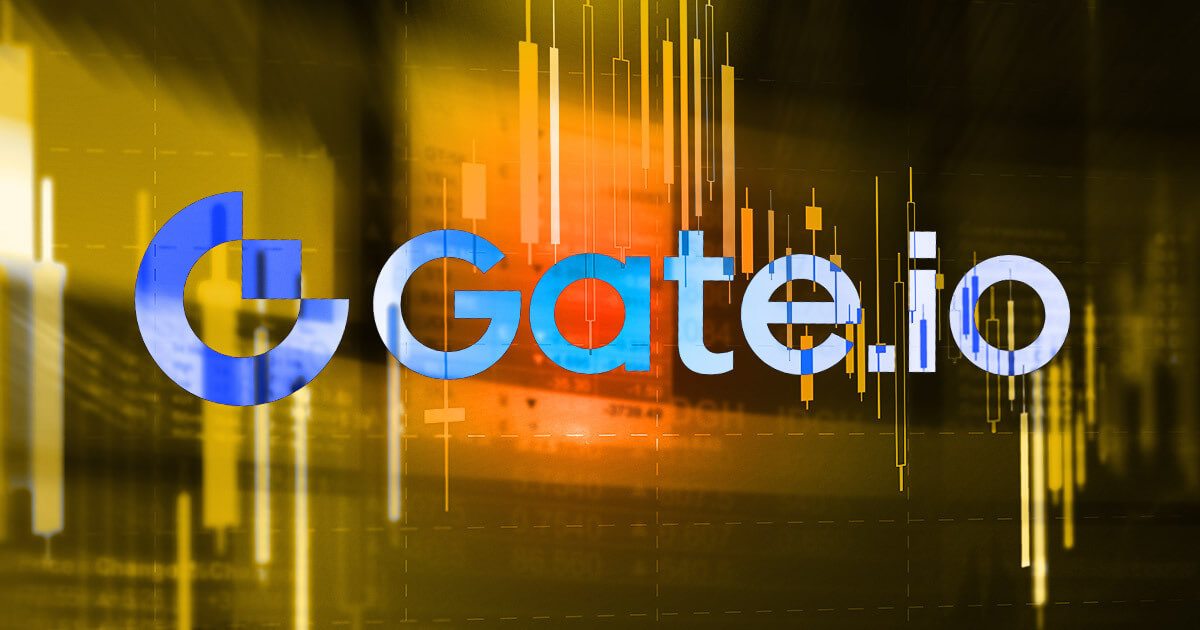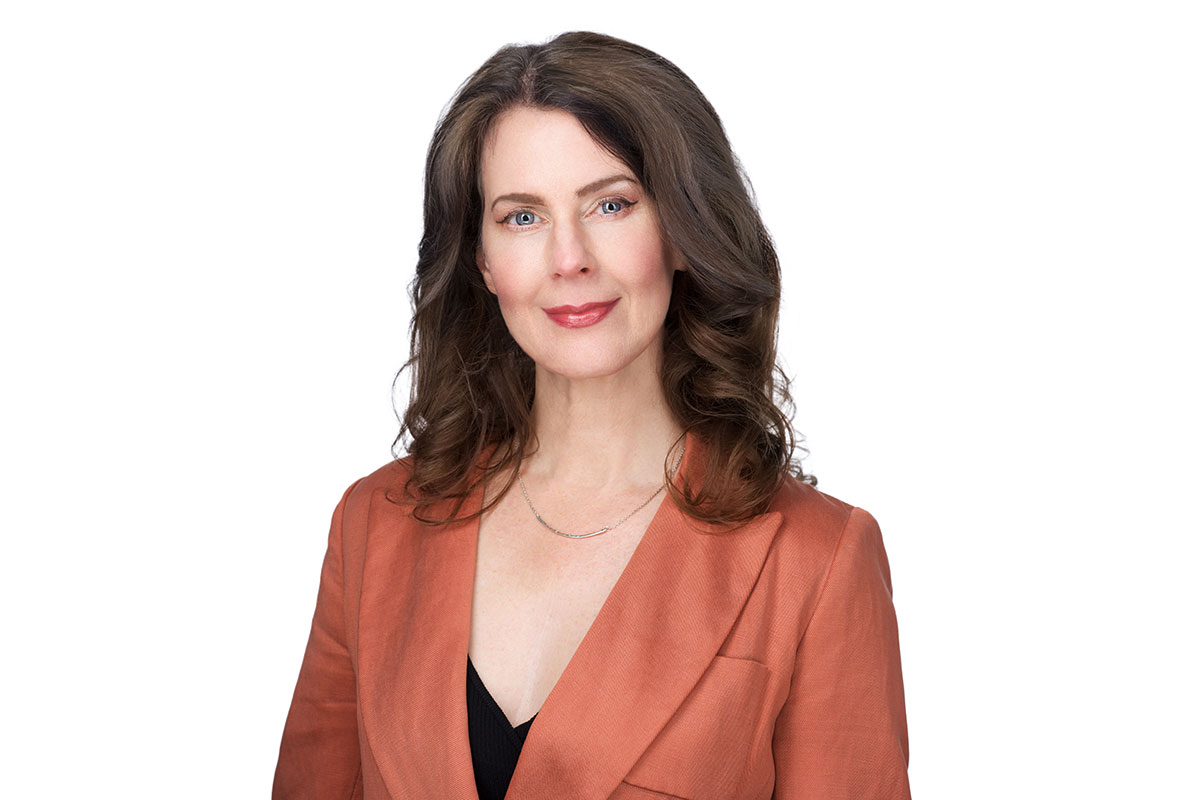2 Alternative Stablecoins for 2025 as USDC Raises Redemption Fees Again
As USDC increases its redemption fees for the second time in 2024, discussions around alternative stablecoins for 2025 are gaining momentum. Notable contenders include DAI, a decentralized stablecoin known for its overcollateralized model, and Hatom's upcoming USH, which is currently in testing and aims to offer similar benefits. With USDC's market share declining amid rising competition, users are encouraged to explore these alternatives as the stablecoin landscape evolves.

With the growing importance of stablecoins in the cryptocurrency and decentralized finance (DeFi) sectors, recent developments have sparked interest in alternatives. Circle’s USDC has raised its redemption fees for the second time in 2024, prompting discussions about viable substitutes in the market.
USDC Fee Increase and Market Dynamics
-
Recent Changes: On October 29, 2024, Circle increased the “standard” redemption fees for USDC, allowing users to access their funds instantly at a higher cost, bypassing the typical two-day waiting period.
-
Market Impact: Analysts suggest that this fee hike could diminish demand for USDC among institutional investors and high-net-worth individuals, especially as USDT has gained market share, surpassing a $120 billion capitalization.
-
Market Share Statistics:
- In February, USDC held 31% of the stablecoin market compared to USDT's 52%.
- Currently, USDC's market share has dropped to 20%, while USDT’s has risen to 70%.
Alternative Stablecoins to Explore
As USDC's role in the market is challenged, several alternatives are emerging that could gain traction in 2025:
-
PayPal’s PYUSD: A centralized solution that could appeal to users looking for familiar platforms.
-
Ethena’s USDe: A decentralized project utilizing a novel system, currently in the testing phase.
Maker’s DAI: The Leading Decentralized Stablecoin
-
Overview: DAI, from Maker, is the third-largest stablecoin by market capitalization, with over $5.36 billion minted.
-
Mechanism: DAI operates on an overcollateralized model, requiring users to deposit more value in cryptocurrencies than the amount of DAI they wish to mint.
-
Market Concerns: Recent governance changes within MakerDAO have raised concerns, leading to a significant drop in MKR's value, affecting investor confidence.
Hatom’s USH: A Promising Newcomer
-
Development Status: Hatom is nearing the launch of its stablecoin, USH, which employs a similar overcollateralized model as DAI.
-
Testing Phase: Currently undergoing public testing on the MultiversX Devnet, USH can be minted using various cryptocurrencies.
-
Incentives for Users: Hatom Labs plans to offer rewards for liquidity providers and those who stake USH in different protocols, enhancing its appeal.
As 2024 concludes and 2025 approaches, the competition among stablecoins will intensify, with USDT, USDC, PYUSD, USDe, and others vying for market share. Users and investors must conduct thorough research to understand the risks and benefits associated with each option, especially in a rapidly evolving landscape.
FAQ: Alternative Stablecoins in Light of USDC's Fee Increase
Q1: Why has USDC raised its redemption fees?
A1: USDC has increased its redemption fees to allow users to access their funds instantly at a higher cost, bypassing the typical two-day waiting period. This move is part of a strategy to manage liquidity and operational costs.
Q2: How has the fee increase affected USDC's market share?
A2: The fee hike has led to a decline in USDC's market share, which has dropped from 31% in February to around 20%. In contrast, USDT has increased its market share to approximately 70%, indicating a shift in user preference.
Q3: What are some alternative stablecoins to consider for 2025?
A3: Two notable alternatives are DAI and Hatom's upcoming USH. DAI is a decentralized stablecoin that operates on an overcollateralized model, while USH is a new entrant that is also expected to use a similar model and is currently in the testing phase.
Q4: What makes DAI a popular choice among stablecoins?
A4: DAI is favored for its decentralized nature, allowing users greater control and transparency. It is the third-largest stablecoin by market capitalization, with over $5.36 billion minted, and operates on an overcollateralized mechanism.
Q5: What are the key features of Hatom’s USH?
A5: Hatom's USH is designed to be overcollateralized, similar to DAI. It is currently in public testing on the MultiversX Devnet and aims to offer rewards for liquidity providers and stakers, enhancing its attractiveness to users.
Q6: What should users consider when choosing a stablecoin?
A6: Users should conduct thorough research on the risks and benefits associated with each stablecoin, including aspects like decentralization, collateralization methods, market trends, and the overall stability of the platform.
Q7: How do centralized stablecoins like PYUSD compare to decentralized options?
A7: Centralized stablecoins, like PayPal's PYUSD, may appeal to users seeking familiar platforms and ease of use. In contrast, decentralized stablecoins like DAI provide more control and transparency but may involve more complexity and risk.
Q8: What are the potential risks associated with stablecoins?
A8: Risks can include regulatory scrutiny, market volatility, potential loss of peg to the US dollar, and governance issues within the issuing organizations. Users should stay informed about these factors and their implications for stability and usability.
What's Your Reaction?









